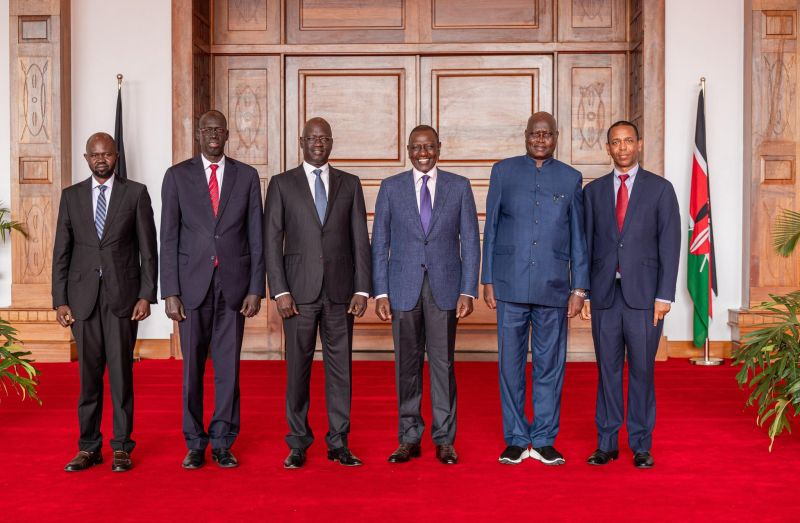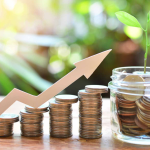In 2022, the Kenyan people turned to William Ruto to lead the country through a severe economic crisis triggered by a heavy debt burden, COVID-19, rising inflation, increasing poverty, widespread unemployment, and a challenging election period. His North Star was to make the economy work for the “hustlers,” lower middle class and for those fighting to join in. Now, although the improvement is more visible in figures than in daily life, the government reports a surprisingly resilient economic recovery, attributed to the Kenya Kwanza Manifesto:
During a cabinet meeting chaired by President William Ruto at State House, Nairobi, on Thursday, the Cabinet Secretaries were briefed that the Kenyan economy continues to recover strongly from past global and domestic challenges, achieving robust growth.
Members were informed that inflation, reflecting the increase in prices over time, had declined substantially to 2.7 per cent last month, down from a high of 9.6 per cent in September 2022.
> New Partnership to Enhance Marketing of Kenyan Coffee
“This is the lowest inflation rate since 2007, during President Mwai Kibaki’s tenure, and aligns with the target set in the Kenya Kwanza Manifesto,” President Ruto said.
Following that, it was further noted that the prices of various types of food, particularly maize, beans, and peas, have decreased over the past year. A 2kg packet of maize, which retailed at Ksh176 a year ago, now sells for Ksh124.
“As a result, most households can access basic food requirements. Currently, the country has 95.2 million 50kg bags of maize, 8.8 million bags of beans, 10.4 million bags of wheat, and 2.1 million bags of rice in stock.”
The stable food situation, the Cabinet was informed, is credited to the government’s subsidised fertiliser program and other support measures provided to farmers.
During this period, Kenya’s gross domestic product (GDP), adjusted for inflation, grew at a rate of 5.6% in 2023. The real GDP expanded by 4.6% in the second quarter of 2024, with projections suggesting a 5% growth rate by year-end and an improvement to 5.6% next year.
In terms of revenue, the Kenya Revenue Authority (KRA) reported a double-digit increase in tax collections, with a tax revenue growth of 11.5% in the year to June 2024.
Regarding the exchange rate, the Cabinet noted the stability of the Kenyan Shilling against the US Dollar at Ksh129 from Ksh162, following an appreciation of nearly 20% earlier this year, which has reduced external debt service obligations.
Additionally, foreign exchange reserves at the Central Bank reached an all-time high of $9.5 billion, marking an increase of $2.4 billion, or 4.4 months of export cover.
Interest rates are beginning to decline, which will lower domestic interest costs, creating fiscal space.
On employment, especially labour migration, the Ministry of Labour reported that 105,367 Kenyans have secured jobs abroad since July 2023, with an additional 16,943 cleared for opportunities since January this year. This surge in employment overseas is credited to bilateral labour agreements with Germany and Austria and growing job opportunities for Kenyan citizens in Qatar, Canada, Saudi Arabia, Oman, the UAE, the United Kingdom, Kuwait, and Northern Ireland.
At the meeting, the Ministry of Labour also announced plans for recruitment drives in every county over the coming weeks, focusing on professional, skilled, and unskilled jobs, with positions available for nurses, aged-care workers, and teachers.
That was long after President Ruto had welcomed Deputy President Kithure Kindiki to his first Cabinet meeting as Deputy President and congratulated him on his nomination and appointment.
> Gen Z in Kenya: Register to Vote but Avoid Voting for Kalonzo, Ruto or Raila













Leave a comment